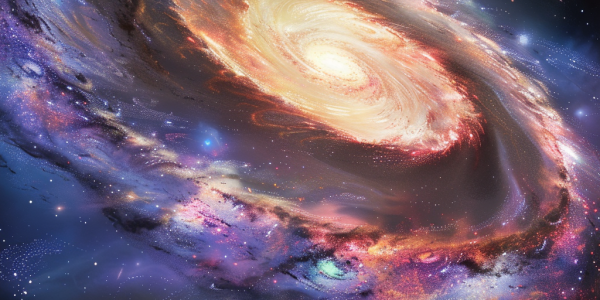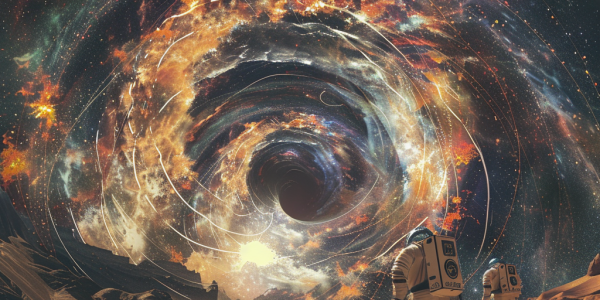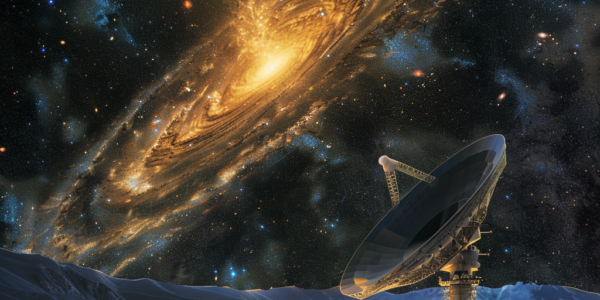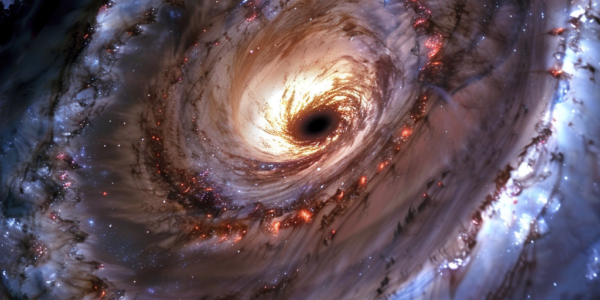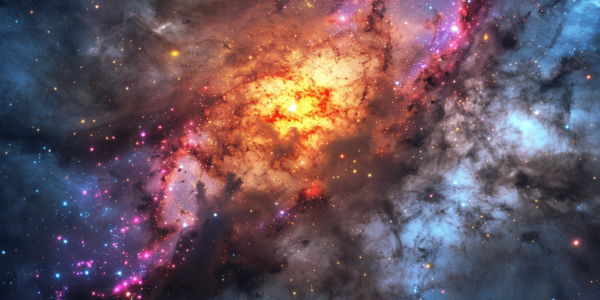Navigating Digital Privacy: Understanding Cookies and Data Management
In today’s digital age, understanding privacy choices is crucial as websites utilize essential and optional cookies for functionality and personalization. A recent study using the James Webb Space Telescope reveals new insights into early black hole formation, emphasizing the intersection of data privacy and scientific discovery.
NASA’s Chandra Observatory Reveals New Insights on Black Hole Jets
NASA’s Chandra X-ray Observatory has made groundbreaking discoveries about the jets from the supermassive black hole in the Centaurus A galaxy, revealing particles moving at nearly the speed of light. This research enhances our understanding of black holes and their jets, showcasing a novel approach to studying these cosmic phenomena. With advanced observational techniques, scientists are poised to uncover more about the mysteries of black holes and their role in galaxy evolution.
Hubble Reveals Supermassive Black Hole Jets Triggering Stellar Eruptions in M87 Galaxy
Astronomers using the Hubble Space Telescope have discovered that jets from the supermassive black hole in the M87 galaxy trigger explosive stellar eruptions, known as novae, in nearby stars. This finding sheds light on the complex interactions between black holes and their cosmic environments, highlighting the significant role of black hole jets in influencing star formation and evolution across the universe.
XRISM Mission Unveils Groundbreaking Insights into Black Holes and Supernova Remnants
The X-Ray Imaging and Spectroscopy Mission (XRISM) has achieved remarkable insights into supermassive black holes and supernova remnants, revealing the complex structure of the N132D remnant and its high-speed plasma dynamics. Launched by JAXA and ESA, XRISM’s advanced capabilities in X-ray astronomy are set to revolutionize our understanding of the high-energy universe.
Dark Matter May Solve Supermassive Black Hole Merger Mystery
Recent research suggests that dark matter may solve the final parsec problem in the merger of supermassive black holes, a long-standing mystery in astrophysics. This study explores how dark matter’s gravitational influence could facilitate the merging process, providing insights into galaxy formation and the universe’s evolution.
Recent Discoveries in Astronomy, Archaeology, and Space Exploration
Groundbreaking astronomy effort measures spin of supermassive black hole, marines test ancient armor in combat simulations, SpaceX engine test ends in fireball, potential link found between stomach paralysis and medication Ozempic, captivating Milky Way photography slideshow, NASA plans railway on Moon for space exploration.
Colossal Black Hole Discovered Near Dawn of Time
Scientists have made a groundbreaking discovery by finding a colossal black hole near the dawn of time, residing in one of the earliest galaxies in the universe. The supermassive black hole, located at the core of GN-z11, sheds light on the early formation of these cosmic giants. Recent observations suggest that supermassive black holes may have their origins in the dense cores of starburst galaxies, but the exact mechanisms remain a mystery.
Event Horizon Telescope Aims to Capture First-Ever Black Hole Movie
The Event Horizon Telescope captured the first-ever image of a black hole five years ago, and now astronomers are attempting to create the first-ever movie of a black hole. More than 400 scientists are collaborating on this project, aiming to make the video by 2026. The appearance of black hole M87* changes over time, and EHT is working on capturing these changes to create a moving picture.
Astronomers Make Groundbreaking Discovery Regarding Supermassive Black Hole at Center of Milky Way Galaxy
Astronomers from the Event Horizon Telescope (EHT) collaboration and the Center for Astrophysics | Harvard & Smithsonian have captured a new image of the supermassive black hole Sagittarius A* (Sgr A*) in polarized light, revealing strong and organized magnetic fields spiraling from the edge of the black hole. This groundbreaking discovery sheds light on the nature of supermassive black holes and their magnetic fields, hinting at potential similarities and differences between these enigmatic cosmic entities.
James Webb Space Telescope Discovers Little Red Dots in Early Universe
The James Webb Space Telescope (JWST) has made significant discoveries in its first year, including capturing sharp views of celestial structures and obtaining transmission spectra from exoplanet atmospheres. Unexpected little red dots observed in a specific region of the night sky are believed to be galactic nuclei containing precursors of Supermassive Black Holes (SMBHs) that existed during the early Universe. This discovery could revolutionize our understanding of the formation of the first SMBHs in the Universe.



